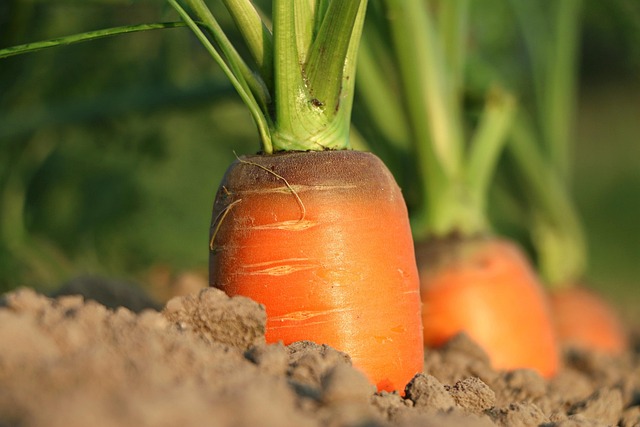The health of our soil is often a topic that gets overshadowed by more visible aspects of the environment, yet it plays a crucial role in sustaining life on Earth. As we navigate the unsettling realities of climate change, the connection between soil health and desertification has become increasingly critical. Healthy soil is a living ecosystem, teeming with microorganisms that promote plant growth, support food systems, and regulate water cycles. However, when soil loses its vitality, it becomes susceptible to erosion and degradation, leading to desertification—a phenomenon that threatens to transform lush landscapes into barren wastelands.
Desertification poses an urgent environmental challenge, especially as climate change accelerates its impacts. Regions that were once fertile are now facing droughts, unpredictable weather patterns, and reduced agricultural productivity. In this context, understanding soil health becomes imperative. Healthy soil can absorb more rainfall, retain moisture, and sequester carbon, making it a vital ally in mitigating climate change effects. When we prioritize soil health, we not only enhance agricultural yields but also improve our resilience against the adverse impacts of climate instability.
Imagine a world where the ground beneath our feet is rich with nutrients, providing the foundation for thriving ecosystems. This vision can become a reality through sustainable farming practices, such as crop rotation, cover cropping, and minimizing tillage. These practices not only preserve the integrity of our soil but also combat desertification by increasing its ability to retain moisture and nutrients. By nurturing soil health, we can revive lands that have suffered from years of mismanagement and neglect.
Moreover, restoring soil health is not solely an agricultural concern; it transcends boundaries and connects communities globally. The loss of productive land due to desertification can lead to forced migrations and conflicts over dwindling resources. By cultivating a deeper awareness of soil health, we foster a spirit of stewardship that transcends local communities, uniting us in the fight against desertification and climate change. It is a reminder that our actions—no matter how small—can have far-reaching consequences for the environment.
As we reflect on the intricate tapestry of life that soil supports, we must recognize that its health directly influences our ecological balance. Healthy soil mitigates the effects of climate change, fosters biodiversity, and provides food security. In contrast, degraded soil leads to increased greenhouse gas emissions, worsens food scarcity, and contributes to global warming. This interconnectedness highlights our responsibility to prioritize sustainable land management practices that protect and enhance the vitality of our soils.
In a world increasingly defined by climate change and environmental challenges, understanding the vital connection between soil health and desertification serves as a rallying point for collective action. The narrative of a sustainable future begins with our commitment to nurturing our soils. It is through this lens that we can address both the immediate threats of desertification and the broader challenges posed by climate change. Together, we can cultivate a legacy of resilience that respects the delicate balance of our planet’s ecosystems.


